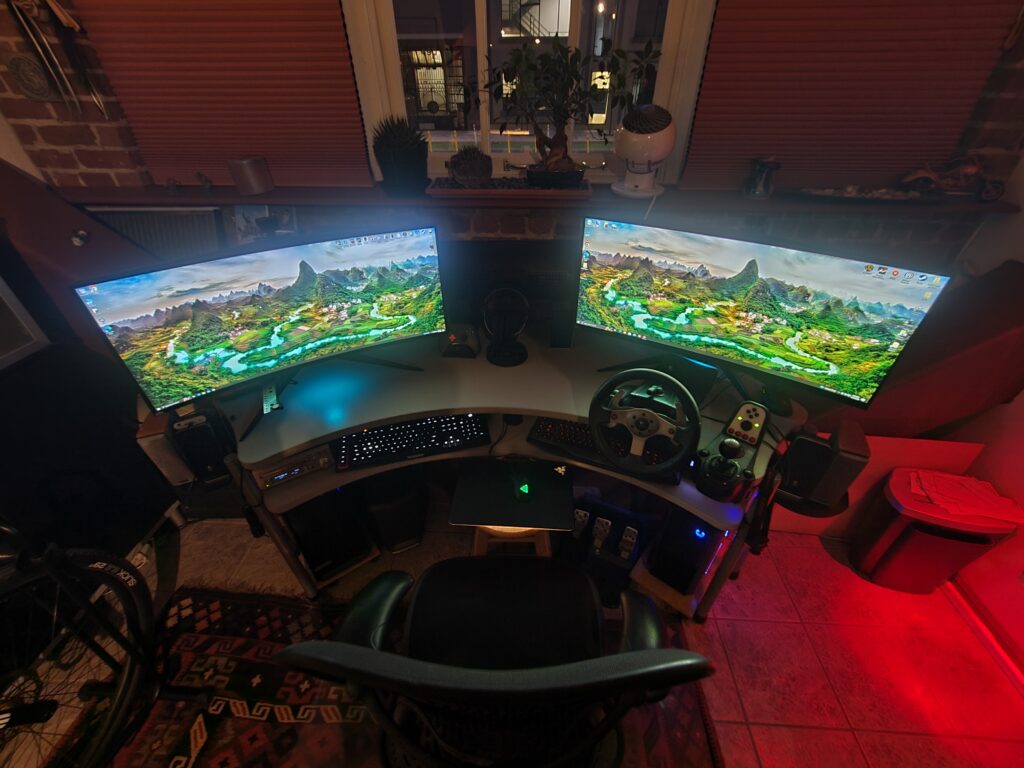Misleading market research and sales data potentially have led enthusiast personal computer system manufacturers to skewed investments in R&D and marketing. A study indicates the vast majority of enthusiast PC gamers use desktop systems.
Some gaming PC companies mistakenly believe that notebook PCs are the hot PC gamer hardware category. However, JPR’s GPU production and sales data, as well as Steam Hardware Survey data, suggest that upwards of 87% of enthusiast PC gamers use desktops to play games.
Sales of gaming-branded or gaming-styled computers to enthusiast gamers might appear to be higher in the notebook category based on some market research and sales data, but it’s very likely that the vast majority of these computers are not being used to play games.

JPR’s recent analysis of the GPU data of the Steam survey broke the GPUs into three categories: Desktop, Notebook, and Either, with the Either category being GPUs that have the possibility of being used in either notebook or desktop configurations, while an additional 2% were “Unknown.”
The data indicates that 68% of Steam Hardware Survey gamers are using desktop GPUs, 10% are using notebook GPUs, and 20% are using GPUs that could be used in either configuration.
We applied the ratio of desktop to notebook GPUs to subdivide the Either and Unknown data, and this methodology suggests that 87% of enthusiast PC gamers are playing on desktop configurations, while only 13% are playing with notebook configurations. This is not surprising to us, as PC gamers are very tech savvy and know that the highest performance, the highest customization ability, the highest upgradability, and the best value for the money over time is found with desktop PCs.
The data available in our PC Gaming Hardware Market Study also corroborates this but at a marginally lower desktop-to-notebook ratio. This is due to the global nature of our product, which covers 33 countries and the different behaviors of some international users who do not use Steam. JPR’s methodology adjusts the market sizes of the many product categories we evaluate for consumer-use model purchasing intent. This makes our data more accurate when evaluating the actual “gaming” market.
Why are some PC manufacturers convinced that notebooks are the most popular category for PC gamers? The answer comes from market research that only tracks SKU and branding-level data and non-market representative internal sales data, which has not been scrubbed for the use/purchase intent of the customers. So, who would buy a gaming-branded or gaming-styled notebook and not use it to play games? We believe these sales fit into three categories.
- Power Users: Power users could be in the educational, design, programming, scientific, medical, government, or finance user categories. The reputation for the highest-performance PC computing products has long been known by power users to be gaming-optimized systems. Consequently, power users are likely to use gaming-optimized notebooks as workstations.
- Style-Influenced Users: Gaming notebooks are not only powerful, but they have attractive style elements including lighting and sleek shell designs. Like a sports car buyer who never uses the performance, gaming notebook users appreciate aesthetics, pride of ownership, and status.
- Gamer Secondary Systems: For all the above reasons and perhaps also brand loyalty, we believe there are gamers who buy gaming notebooks for general computing tasks but rarely, if ever, actually play games on them.
So, what’s the takeaway?
PC companies that cater to gamers should know their customers and what they are using their products for. This doesn’t mean any drastic changes to product lines are needed, as a gaming notebook sale is a sale. If those in the three categories listed above are buying the products because they are performance-optimized and styled and don’t game on them, that’s great. However, when it comes to R&D and marketing, these companies should be aware of what the products are actually being used for so they can optimize their R&D investments and advertise the right product in the right places.